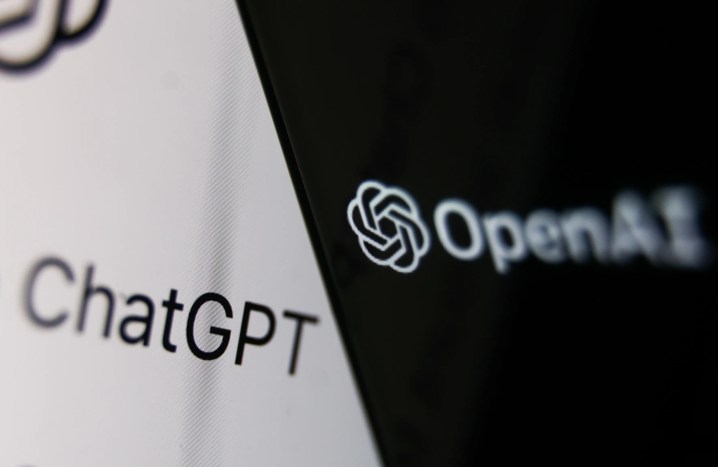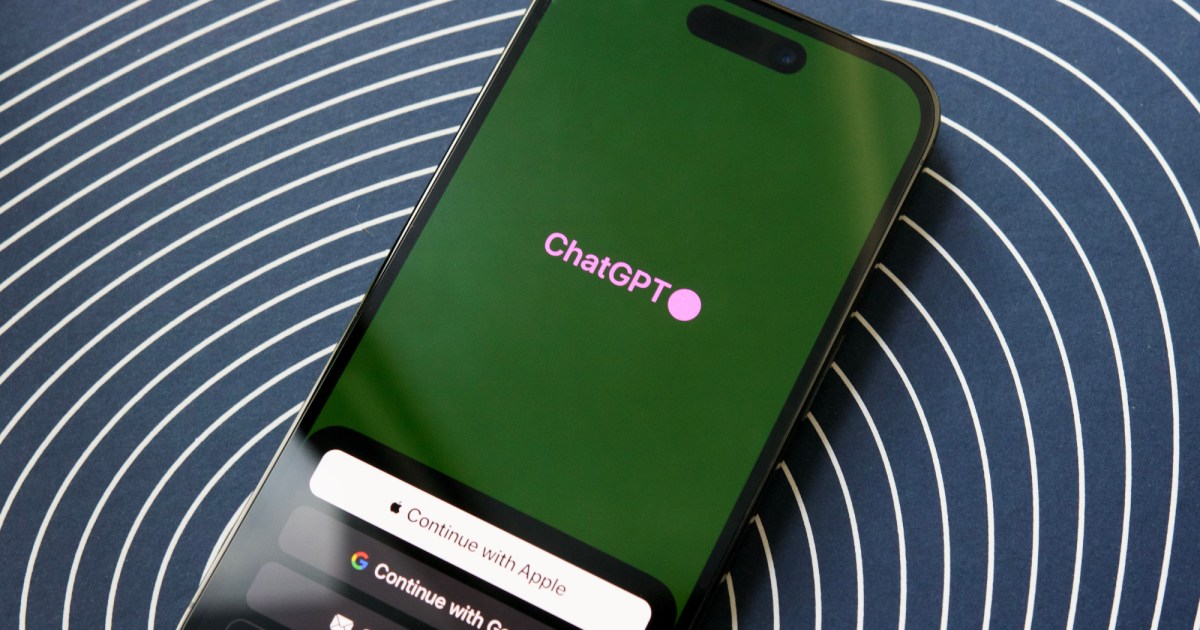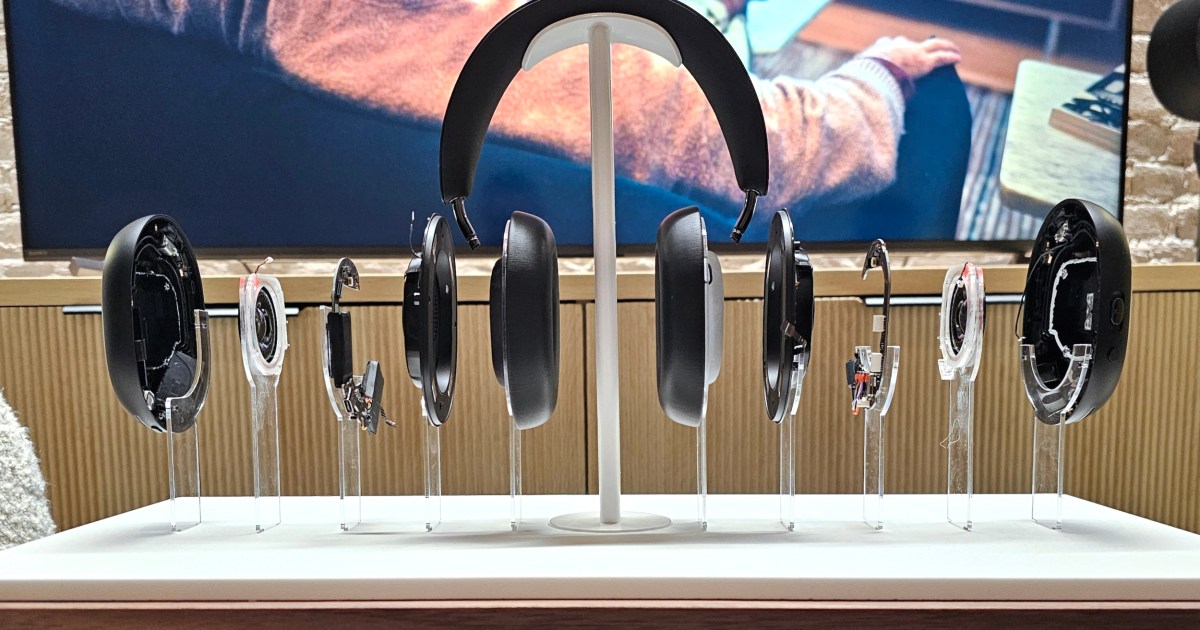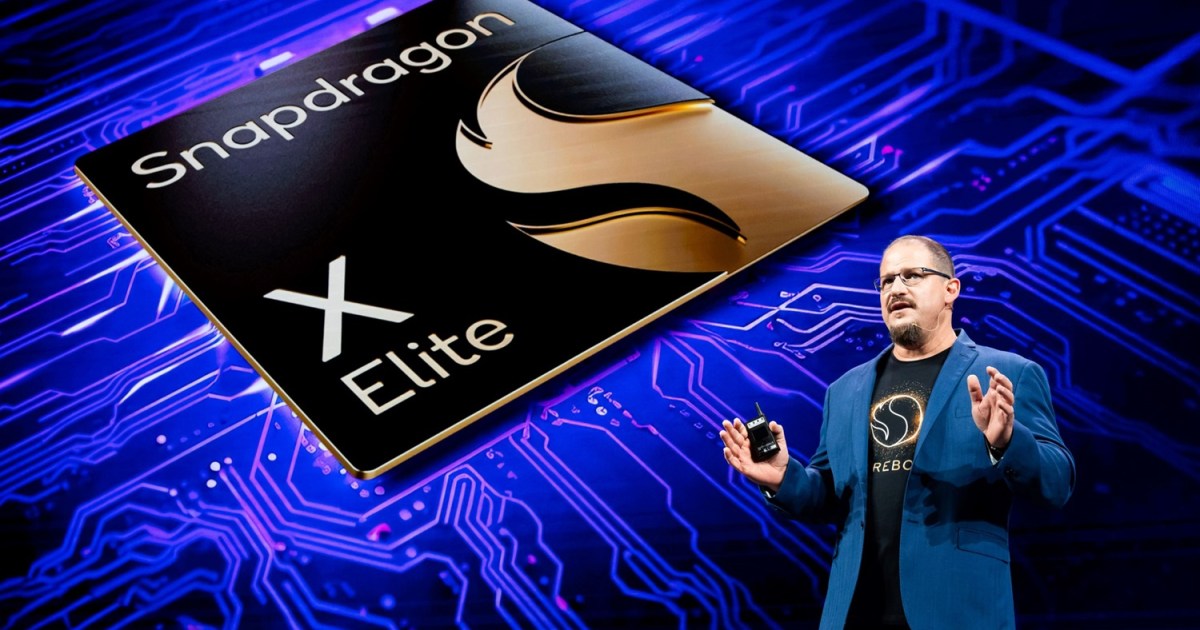 ChatGPT and OpenAI logos.
ChatGPT and OpenAI logos.
Despite the constant media buzz surrounding generative AI tools like ChatGPT, a recent study by the Reuters Institute and Oxford University reveals surprisingly low regular usage. This study, involving 6,000 participants across six countries (U.S., U.K., France, Denmark, Japan, and Argentina), sheds light on the current state of generative AI adoption.
ChatGPT Leads, But Overall Usage Remains Low
The research indicates that OpenAI’s ChatGPT is the most popular generative AI tool, significantly outpacing competitors like Google Gemini and Microsoft Copilot. However, daily usage remains remarkably low. Only 1% of Japanese respondents reported daily ChatGPT use, followed by 2% in France and the UK, and 7% in the U.S. Furthermore, a substantial portion of respondents (between 19% and 30%) admitted to being unfamiliar with any of the leading generative AI products. While many had experimented with these tools, consistent, regular usage for various tasks remains a rarity.
Younger Demographics Embrace Generative AI
 A young person using a laptop.
A young person using a laptop.
Age plays a significant role in generative AI adoption. The study found that younger individuals are considerably more likely to be regular users. A striking 56% of respondents aged 18-24 reported using ChatGPT at least once, compared to a mere 16% of those aged 55 and over. This generational gap highlights the evolving relationship between different age groups and emerging technologies.
Current Applications of Generative AI
The study also explored how people utilize generative AI. Approximately 24% of respondents employed these tools for information retrieval, while 28% used them for content creation, including text, audio, code, images, and video. This diverse range of applications showcases the potential of generative AI across various fields.
Future of Generative AI Integration
 A person using a smartphone.
A person using a smartphone.
The researchers predict that future generative AI adoption will be driven by two primary factors. First, continued development and improvement of standalone tools like ChatGPT will attract new users. Second, the integration of generative AI functionalities into existing platforms, such as social media and search engines, will seamlessly introduce these capabilities to a wider audience. This integration is already underway, with companies like Google incorporating AI features into their search engine.
Public Perception and Future Outlook
Public opinion on generative AI’s impact remains divided, with many unsure whether it will ultimately benefit society. This uncertainty stems from limited awareness and personal experience with these tools. However, younger individuals and those with higher education levels, who generally have more exposure to generative AI, tend to express greater optimism about its potential. The ongoing development and integration of generative AI will likely shape public perception and drive future adoption trends.










